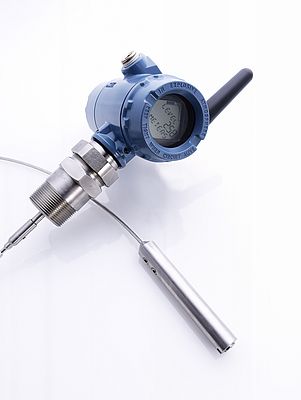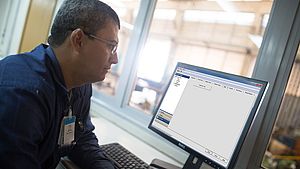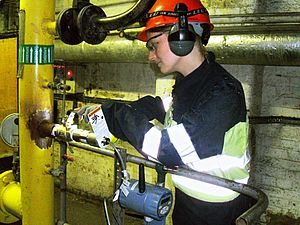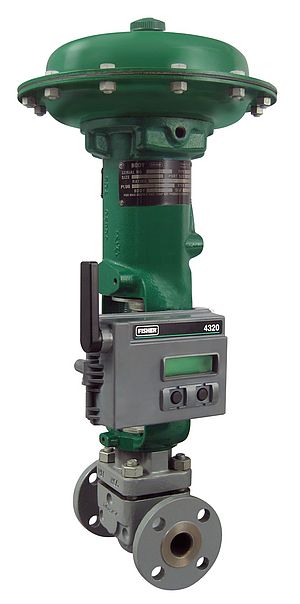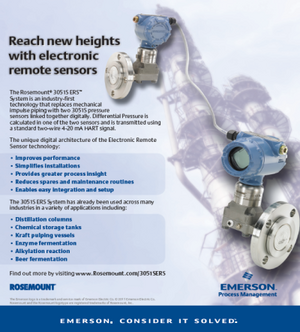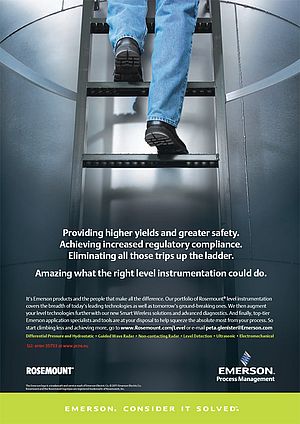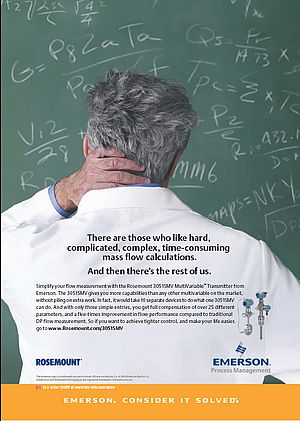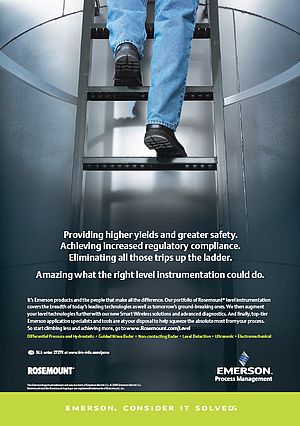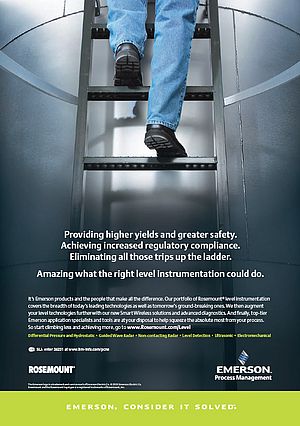Having access to accurate tank level data is important in tank storage applications, and especially for process control and inventory management within the process industries. Precise and reliable level instrumentation can also help avoid overflow situations that present a risk to the environment and the plant, and can be potentially harmful to workers and people living nearby. Several high profile and serious accidents involving storage tanks have highlighted the need to increase the protection to primary containment systems.
For overspill protection on critical applications, more stringent legislation now typically requires a level of redundancy to be installed. For example, it is recommended that independent high level switch devices should be fitted to all tanks to provide a secondary method of overspill protection. These switches are in addition to the measurement-derived high level alarms. To further minimise risk, some companies are adopting technology diversification and formany applications, the combination of GuidedWave Radar (GWR) transmitters for continuous level monitoring and vibrating fork point level sensors for high and low level alarms, provides an ideal solution.
GWR transmitters are accurate and reliable, and are specific for continuous level monitoring applications. The level data they generate is used for inventory management and to generate high level alarms to prevent a potential overspill condition. They are also used for low level alarms to prevent a possible pump overheating condition. Vibrating fork level switches are ideal for low level and high level alarm applications. The switches operate on the principle of a tuning fork, whose frequency varies depending on whether the fork is immersed or dry. Unlike many other level switch technologies, the vibrating fork technology does not have moving parts that can wear or stick and is therefore less prone to failure.
Wireless-enabled level measurement devices
Many tank storage installations are in remote locations and the lack of an existing cabling infrastructure has held back the installation of additional instrumentation. The cost of installing new wiring, which can include ducting, cable trays and the digging of trenches, can be significant and there is also the inconvenience and issues of performing the work whilst the site is operating.
One way of overcoming these constraints is to use wireless enabled level measurement devices based on the internationally recognised IEC 62591 WirelessHART® standard. This is now widely implemented in processing plants around the world where wireless networks are used to obtain real-time plant data to optimise operations, improve worker and plant safety,and reduce emissions and other environmental impacts.
Wireless level transmitters are quick and easy to install, and can be configured and accessed from the gateway - reliably transmitting data to a control system or data historian. Status information and device diagnostics are easily accessible from the control room, reducing maintenance requirements and eliminating unnecessary field trips. Wireless vibrating fork and GWR transmitters have all the functionality and features of their wired equivalents but with the additional benefits and convenience provided by wireless technology.


